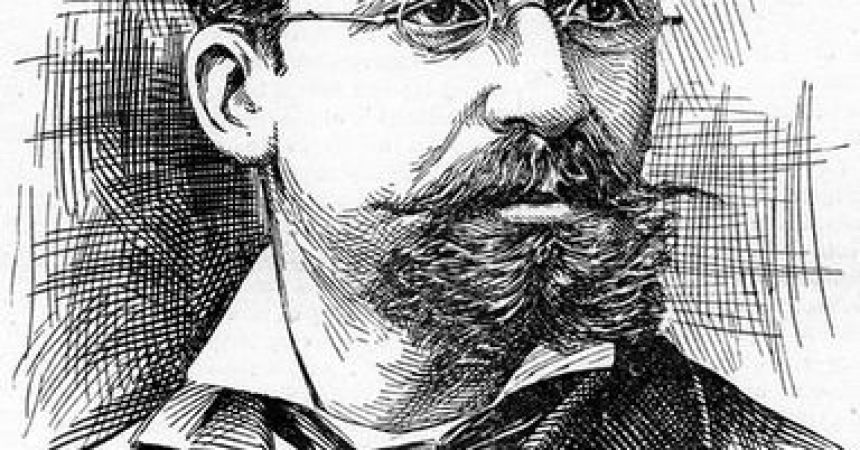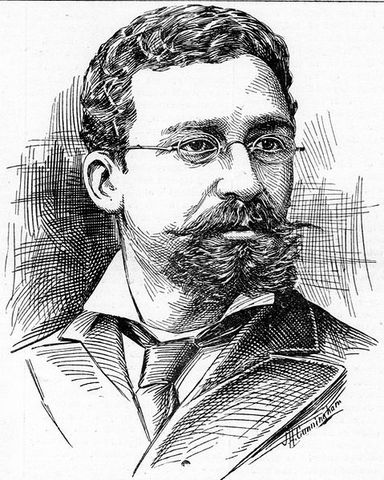
Harvard memorializes Richard Theodore Greener, first Black graduate

Richard Theodore Greener PHOTO: J.H. Cunningham /The Colored American, February 24, 1900, Page 1) [Public domain], via Wikimedia Commons)
Trice Edney News Wire
Harvard University’s first African-American graduate was recently honored, joining the list of luminaries whose likenesses grace the walls of the campus’ Annenberg Hall.
Richard Theodore Greener was immortalized in a recently unveiled portrait. A distinguished Harvard student, Greener graduated in 1870 with honors, winning the chief prizes in writing and speaking along the way.
The painting, done by Harvard alumnae Stephen Coit, was commissioned as part of the Portraiture Project, overseen by the Harvard Foundation for Intercultural Race Relations. The Project was launched in 2002 to reflect the diversity of persons who have served Harvard with distinction after a survey of the university’s portrait collection found that only two of the 750 paintings were of people of color. About 58 portraits were of White women and the other 690 were of White men.
“His (Greener’s) portrait represents an important change in the University’s history, but don’t let this be the last change. Continue the change,” said David L. Evans, senior admissions officer at Harvard College, at the unveiling of the Greener tribute.
Evans, himself, was among the first African Americans honored in the Portraiture Project. The son of Arkansas sharecroppers, Evans gained an electrical engineering degree at Princeton University and went on to work on the Apollo moon project. His portrait was unveiled in 2005 along with those of Archie C. Epps III, dean of students from 1971 to 1999 and Eileen Jackson Southern, the first Black woman to hold a tenured faculty position at Harvard.
Greener was born on Jan. 30, 1844 in Philadelphia but was raised from the age of 10 in Boston. Though he initially had to drop out of school at age 14 to help support his family, two of his employers eventually helped him attend preparatory schools before he was admitted to Harvard as part of an experiment in the education of African Americans.
After graduating from Harvard, Greener taught at the Institute for Colored Youth in Philadelphia (which later became Cheney University of Pennsylvania) and later served as principal at the Preparatory School for Colored Children in Washington, D.C. In 1873, he became the first Black professor at the University of South Carolina, serving during the Reconstruction from 1873 through 1877. While there, he not only taught philosophy and helped reorganize and catalog the library, but he also obtained his law degree.
After leaving South Carolina Greener served as:
- a Treasury Department clerk,
- professor and dean of the Law School at Howard University,
- a diplomat for the United States in Vladivostok, Russia,
- secretary of the Grant Memorial, and;
- worked in private law practice.
Greener died of old age (78) in Chicago on May 2, 1922, according to his biography on the University of South Carolina’s website.







